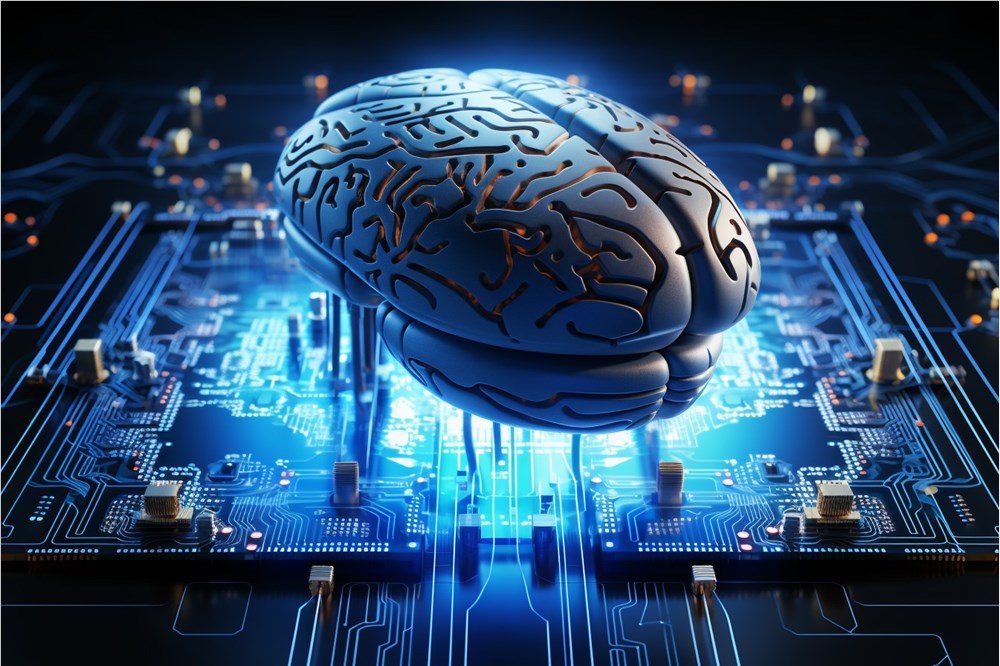"You all got it wrong!" Recently, Jensen Huang, the head of NVIDIA, rarely expressed his "anger" and publicly responded to the market's "overreaction" to the release of the R1 model by the Chinese AI startup DeepSeek. In Huang's view, the emergence of DeepSeek's R1 model not only does not threaten NVIDIA's "bread and butter," but rather represents a significant boost to the acceleration of AI development, serving as a "great assist" for NVIDIA.
The issue arose after DeepSeek launched the R1 model in January this year, with the market generally believing that the efficiency of R1 meant that future AI development would no longer require such vast computing resources. This directly caused NVIDIA's stock price to plummet by 16.9% in a single day, resulting in a loss of hundreds of billions in market value. The panic in the market was evident.

Image source note: Image generated by AI, licensed from Midjourney
However, in a recent major interview, Huang publicly expressed a viewpoint that was completely contrary to the market's reaction. He bluntly pointed out: "The market's reaction to R1 is like 'Oh my, AI is coming to an end,' as if R1 just fell from the sky, and we no longer need computation. But the reality is completely the opposite!" Huang believes that this perspective underestimates the positive impact of R1 on the AI market. The emergence of R1 will not weaken NVIDIA's position; instead, it will accelerate the popularization and development of AI, ultimately benefiting the entire AI ecosystem, including NVIDIA.
Huang emphasized that the release of DeepSeek's R1 model precisely proves that AI models can become more efficient, a fact that "makes everyone realize that the efficiency of models can far exceed expectations," which will greatly promote the expansion and popularization of AI applications. He considers the emergence of R1 to be an important milestone in the advancement of AI technology, showcasing the immense potential of AI models in terms of efficiency, which will inspire more companies and developers to engage in the AI field and accelerate the commercialization of AI technology.
Despite DeepSeek's significant progress in pre-training, Huang also acknowledged that post-training remains a critical part of AI development and is a computation-intensive process. "Inference is still a quite resource-intensive process," Huang added. His remarks undoubtedly emphasize that while model efficiency has improved, the demand for computing power in AI development remains enormous, especially during the phases of model inference and enhancing the ability to solve real-world problems, where the demand for high-performance computing resources will only grow stronger.
This means that even with the emergence of highly efficient models like DeepSeek's R1, NVIDIA's computing resources (such as GPUs) still hold an irreplaceable position in the AI ecosystem, especially in the critical stages of model inference and enhancing problem-solving capabilities. Huang's statement undoubtedly serves as a "reassurance" for the market and once again highlights NVIDIA's core value and long-term development potential in the AI era.










